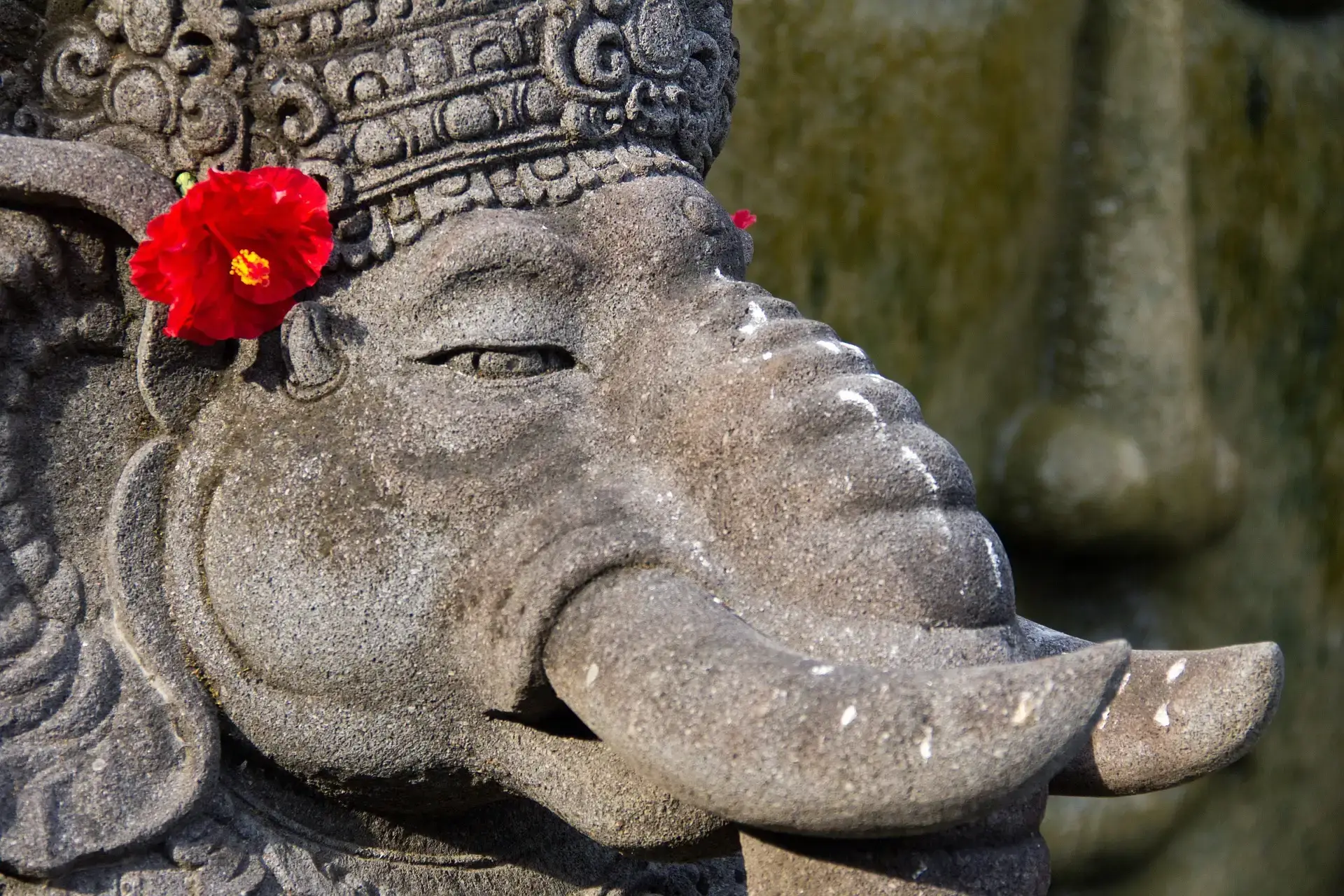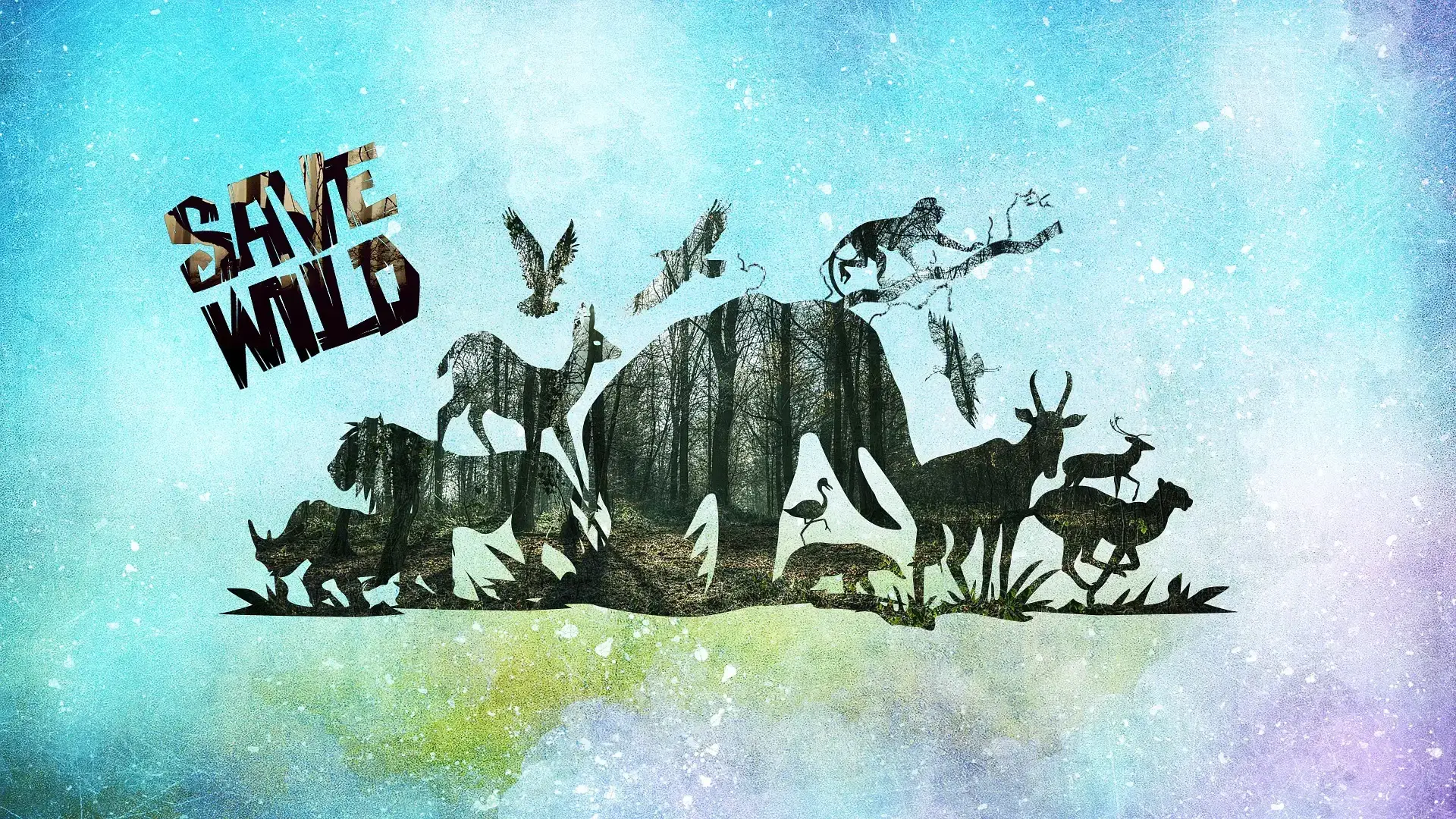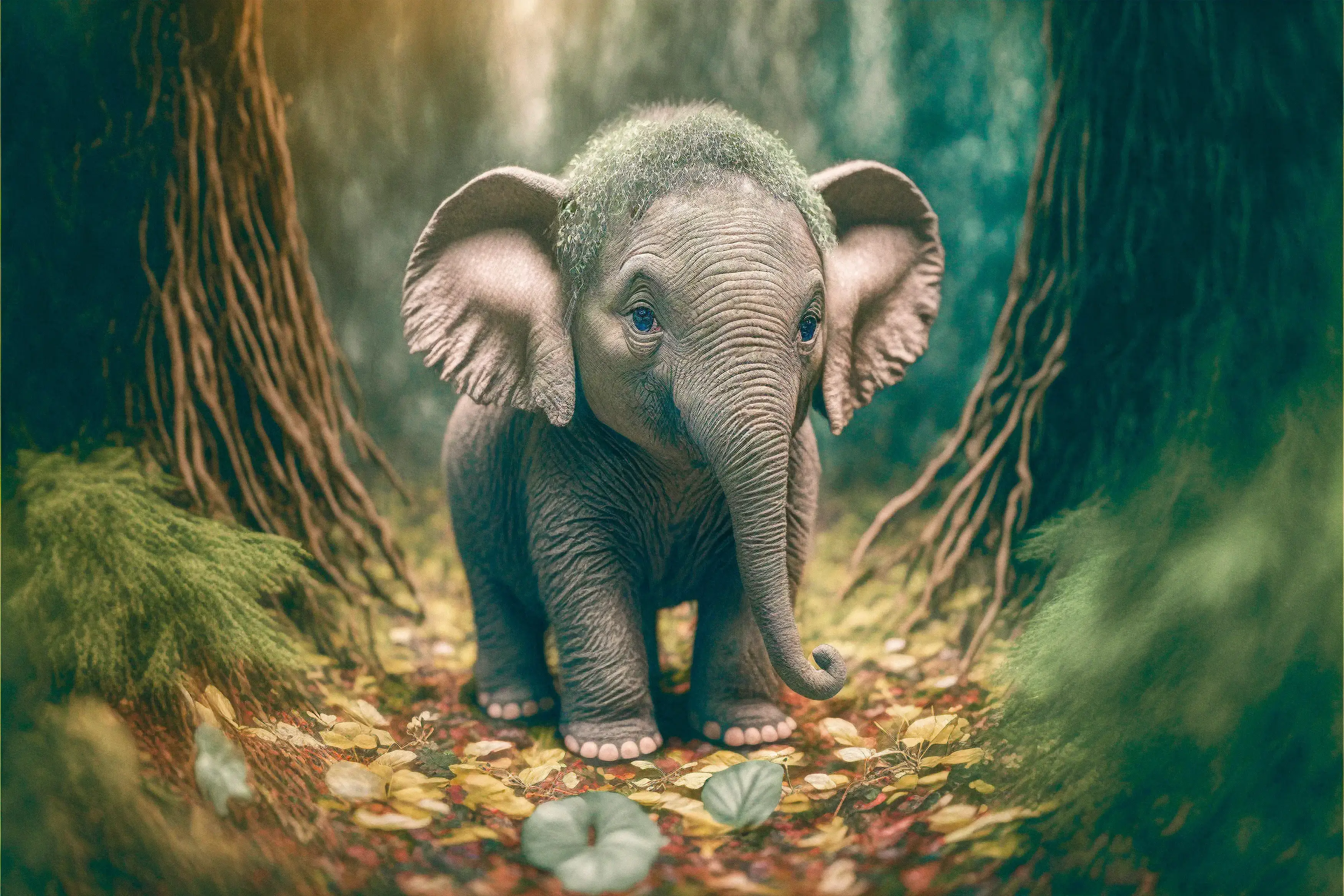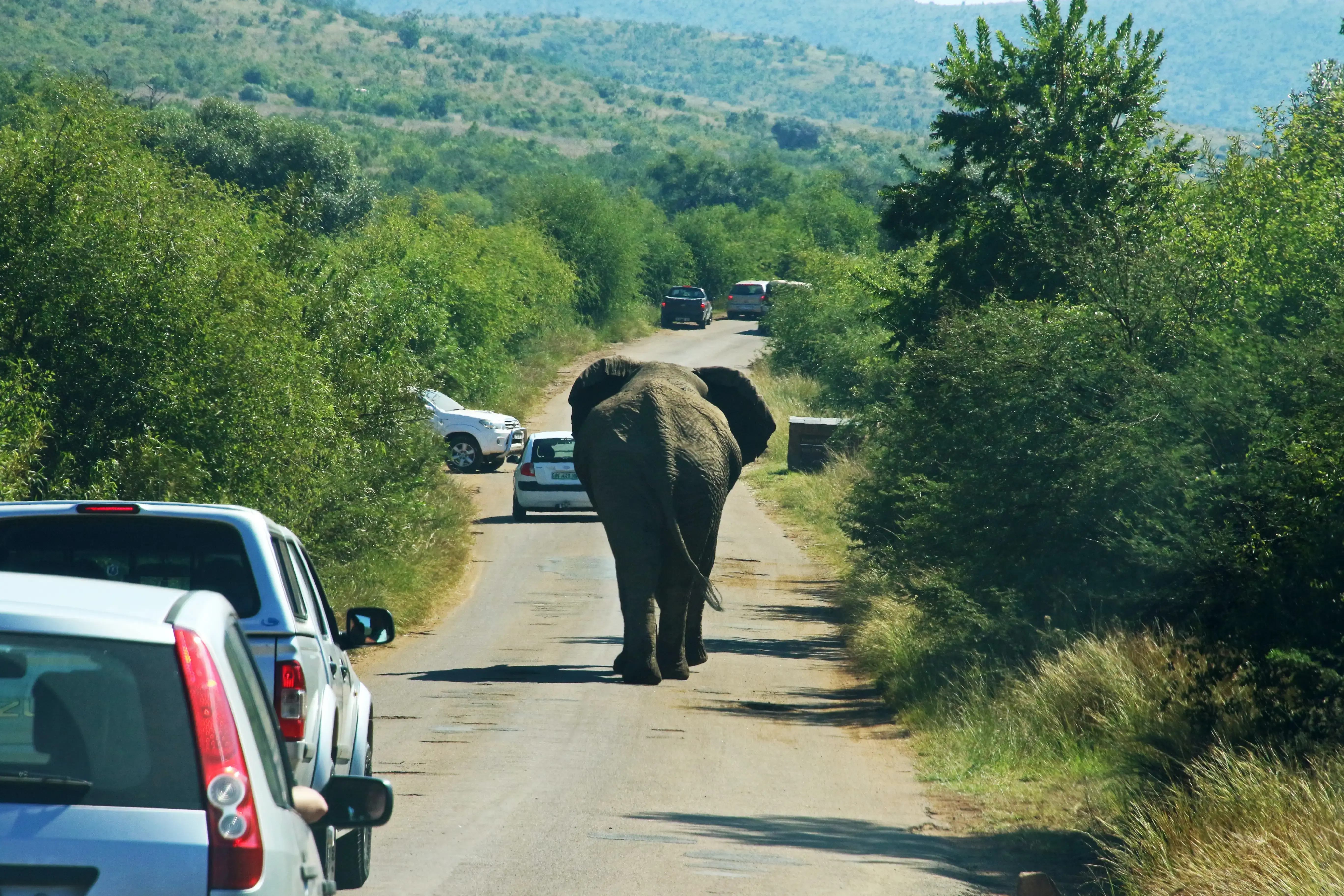8 min to read
Why Elephants May Not Exist in the Future?

Have you seen the largest land mammal with a massive body, large ears, a long trunk, and tiny eyes?
If you have seen it, then you are lucky. Because they are in danger and you may not see them in future. In this article, we will discuss elephants, their role in the ecosystem, why they are in danger, and how we can save them.
Introduction
Intelligent, Emotional, and the largest land animals with weights of around 4000–5000 kg. They have big brains and they are very intelligent and have IQs similar to chimpanzees. They are able to recognize their companions and can recognize themselves in the mirror.
Currently, there are around 20,000–25,000 elephants left in India. source
- Scientific Name: Elephantidae
- Weight: 4000-5000 Kg
- Height: 2.8m (Asian) 3.2m(African)
- Family Name: Elephants
- Life Span: 60-70 Years
Table of Contents
- Introduction
- Table of Contents
- Elephants in the past
- Types of Elephants
- World Elephant Day 2023
- Project Elephant in India
- Do Elephants Migrate?
- Role of Elephants in Ecosystem
- Are Elephants Endangered?
- Why Elephants is Endangered and How we can save them?
- Where you can see elephants in India?
- Conclusion
- Key Takeaways
- References and Sources
- Further Reading
Elephants in the past
Culture and Elephant
The elephant is one of the popular animals which can be seen in many cultures and religions throughout the world. In India, Elephant is part of the culture, In Hinduism, elephants represent knowledge, and royal power. Additionally, elephants are considered the vehicle of Lord Indra.
In Buddhism, the elephant is a symbol of mental strength and peace. It is also the national animal of Thailand and Sri Lanka and the national heritage animal of India.
Japanese people believe that the elephant is a symbol of good luck and prosperity. In Africa, the elephant is a symbol of power, strength, royalty, and wisdom.

War and Elephant
The elephant was used in the war because of their massive size and strength and trained by humans for combat. The war elephant’s main use was to break the enemy line and create an entrance for the army through chaos and fear. In Ancient India, China, Macedonia, Persia, Carthage, and Rome, Elephant was used in war. Now, Elephant is not used in the war.
Types of Elephants
There are three types of elephants in the world right now.
- African Bush Elephant
- African Forest Elephant
- Asian Elephant
World Elephant Day 2023
World Elephant Day is celebrated on 12th August every year to raise awareness about the conservation of elephants. The first World Elephant Day was celebrated in 2012. India is home to 60% of the Asian elephant population which makes it the most important country for the conservation of elephants. India is working on the conservation of elephants through Project Elephant.
Project Elephant in India
Project Elephant was launched by the India in 1992. The Goal of the Project Elephant is to protect elephants, their habitat and corridors. The project is mainly active in 16 states/UTs of India and it’s owned by the Ministry of Environment, Forest and Climate Change, Government of India.
Goals of Project Elephant
- To protect elephants, their habitat and corridors.
- Reduce human-elephant conflict.
- To address the issues of poaching, illegal trade, and habitat fragmentation.
- awareness about the conservation of elephants.
- Veterinary care for captive elephants.
- Elephant rescue and rehabilitation.

Do Elephants Migrate?
Yes, Elephants migrate like other animals. They migrate in search of food, water, and survival and they can travel sometimes over 500 km depending on environmental factors like rainfall, temperature, and other factors.
Role of Elephants in Ecosystem
Elephants play a critical role in the ecosystem and they are keystone species which means they have a large impact on the environment.
- They are seed dispersers. They eat fruits and seeds and spread them in the forest through their dung.
- Elephants dig water holes in the dry river and create water holes for other animals.
- They create paths in the forest and other animals use them.
- They shape the forest by eating trees and shrubs. They create grassland and open forest.

Are Elephants Endangered?
Yes, Elephant is endangered. According to IUCN, the African forest elephant is critically endangered. Every 15 minutes, the elephant is killed by illegal
Why Elephants is Endangered and How we can save them?
Poaching
Poaching is the biggest threat to elephants. People kill them for their ivory tusks. Ivory tusk is used in making jewellery and other decorative items and it is very expensive in the market and that’s why people kill them for their tusk.

Electrocution
Electrocution is another reason for their decline. People use electric fences to protect their crops from wild animals and elephants get electrocuted by these electric fences. The MoEF revealed that 531 elephants died between 2014 and 2022. source
Habitat Loss
Habitat loss is another reason for their decline. Human encroachment, deforestation, climate change, and other human activities are the reason for habitat loss. we have to stop deforestation and human encroachment in the forest. There is a saying about the elephants:
The elephants can survive only if the forests survive.
Illegal Trade
The illegal trade of elephants is another reason for their decline. People trade them illegally for their skin, meat, and other body parts. They have high values ivory tasks and that’s why people kill them for their tusk. It’s our social duty to create awareness about the elephant and their importance in the ecosystem.
Roads and Highways
Human encroachment and roads and highways are also the reason for the decline of elephants. Roads, highways, and other construction in the forest create barriers for elephants and other animals. The elephant is a migratory animal and they always migrate in search of food, water, and survival and it increases the chance of human-elephant conflict.
By making an underpass(Elephant Corridor) for elephants and other animals, we can save them.
Where you can see elephants in India?
India is home to 40% of Asian elephants and it’s also a national heritage animal of India. Despite that, they are in danger. You can see them in the following places in India.
- Kaziranga National Park
- Jim Corbett National Park
- Elefantastic, Jaipur, Rajasthan
- Manas National Park
Conclusion
Elephants are part of every culture and necessary for the ecosystem. They are endangered and that day is not far when they will be extinct.
Although, there are many NGOs and government organizations working for the protection of elephant and their habitat. We have to support them and create awareness about the elephant and their importance in the ecosystem.
Key Takeaways
There are some key takeaways from this article.
- Elephants are facing a number of threats, including poaching, habitat loss, and human-elephant conflict.
- Habitat loss is another major threat, as elephants need large areas of land to roam.
- Human-elephant conflict is also a problem, as elephants sometimes come into contact with humans and their property.
- Human-elephant conflict is a growing problem, as elephants sometimes come into contact with humans and their property. This can lead to elephants being killed or injured, and it can also be a danger to humans.
What do you think about the elephant? What are your thoughts on the elephant population decline and human-elephant conflict? Let me know in the comment section.
References and Sources
The following are the references and further reading on the topic.
- Wikipedia
- African elephant species now Endangered and Critically Endangered - ICUN
- 12 Amazing facts about elephants
- Elephant Migration: The Journey of Gentle Giants
- Elephant Poaching Statistics
- India’s Elephant Population: Fast-tracking their extinction?
- Project Elephant




Comments